Wonder Woman Actress Lynda Carter Claims Wonder Woman Is A Queer And Trans Icon
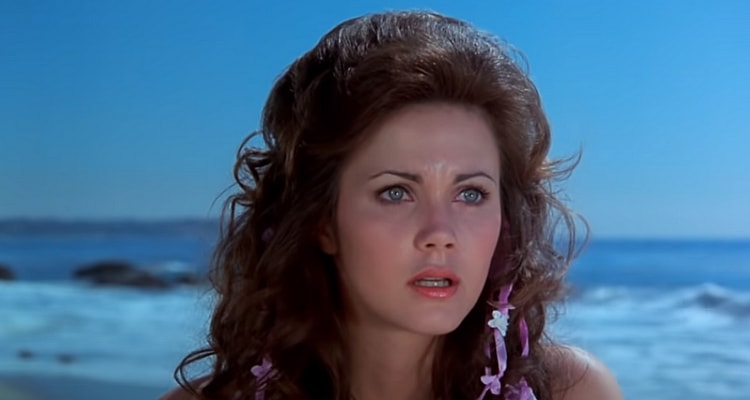
Wonder Woman actress Lynda Carter recently took to Twitter to claim that the character she played in the 1970s TV series is a queer and transgender icon.
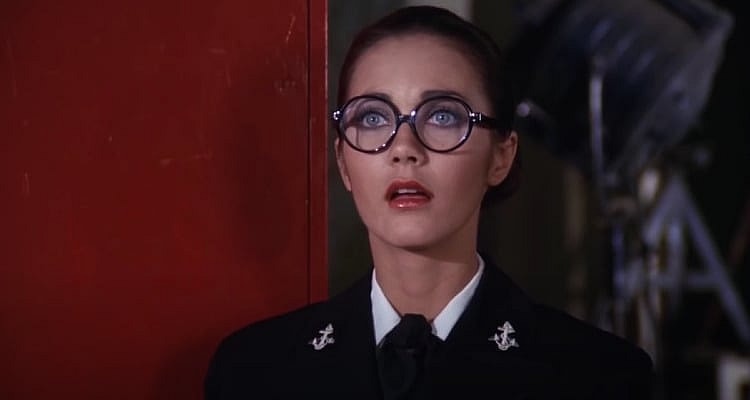
Carter wrote on Twitter, “I didn’t write Wonder Woman, but if you want to argue that she is somehow not a queer or trans icon, then you’re not paying attention.”
“Every time someone comes up to me and says that WW helped them while they were closeted, it reminds me how special the role is.”
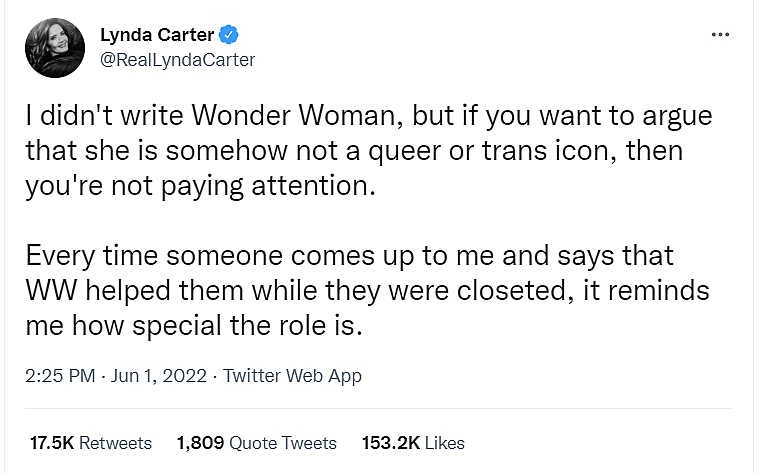
RELATED: Wonder Woman TV Series Producers Thought Female Audiences Wouldn’t Like Lynda Carter Or Her Costume
In a follow-up tweet, Carter wrote, “Love seeing all the love from LGBTQ+ fans today! Now here’s one I call the ‘ready to fight your homophobic relatives’ pose. Just kidding. (Or am I?) Haha!”

In Wonder Woman’s first appearance All-Star Comics #8 back in 1941, it’s revealed she’s in love with Steve Trevor, a man, who crash lands on island that would become to be known as Themyscira.
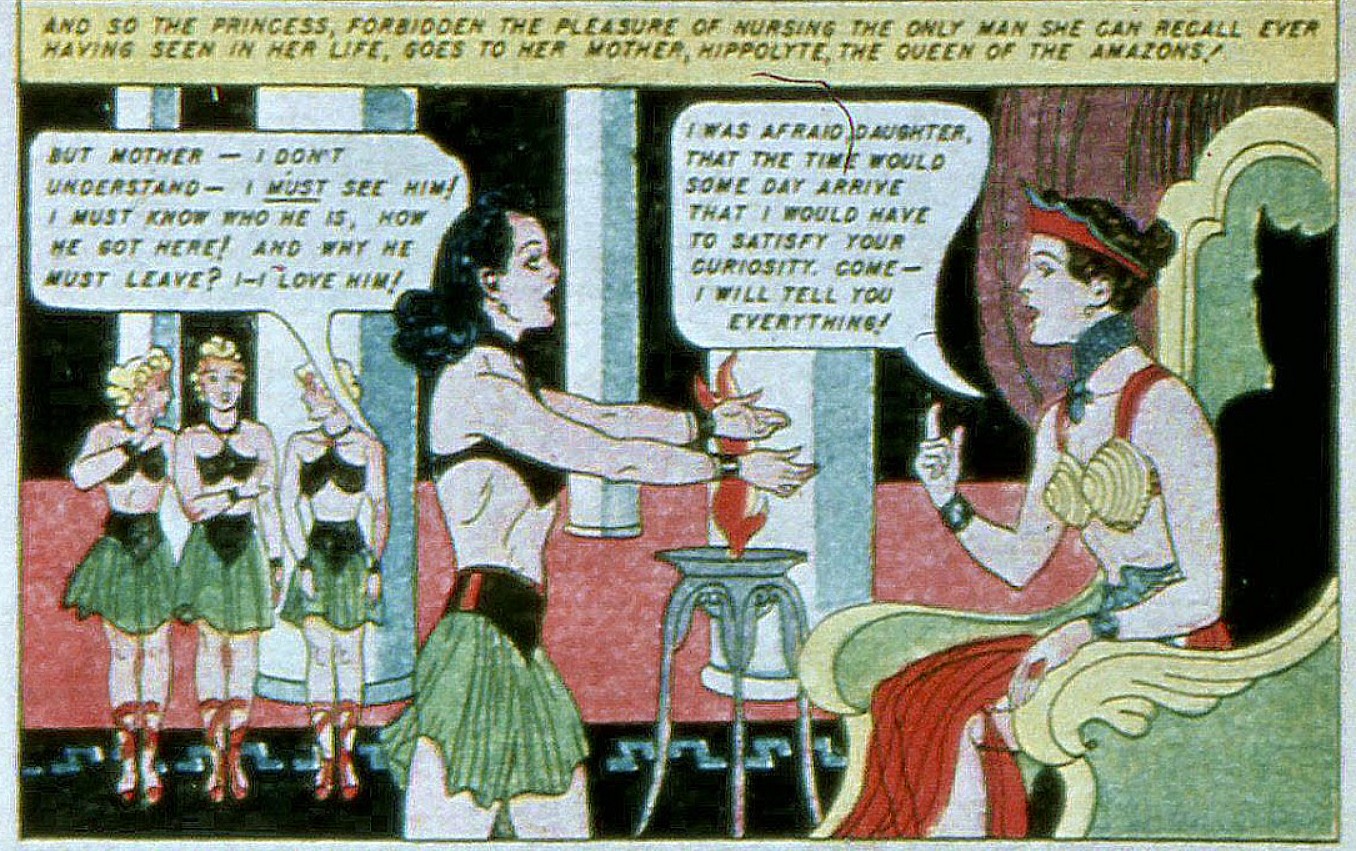
In fact, the story concludes with Wonder Woman disobeying her mother, entering into a tournament, and winning the tournament in order to secure the right to escort Steve Rogers back to America in order to preserve American democracy and liberty.
The books ends with Wonder Woman creator Charles Moulton writing, “And so Diana, the Wonder Woman, giving up her heritage, and her right to eternal life, leaves Paradise Island to take the man she loves back to America — the land she learns to love and protect, and adopts as her own!”
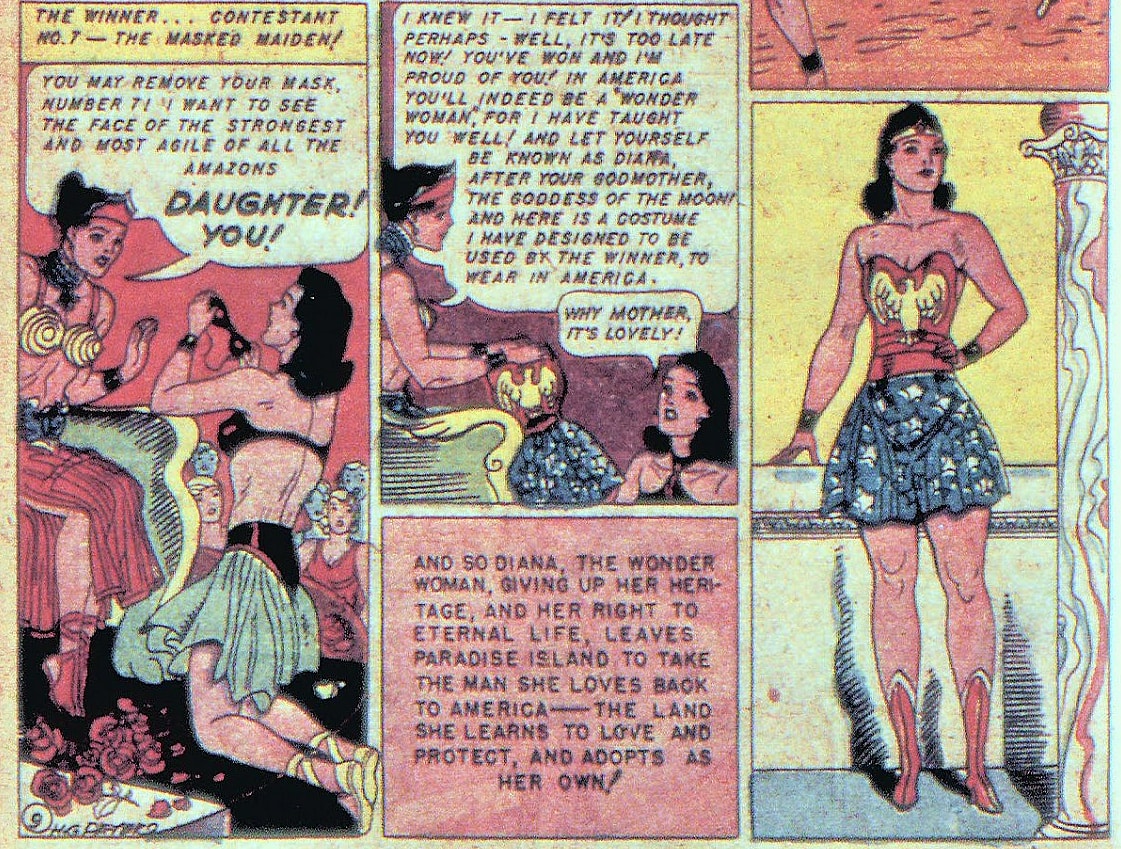
Wonder Woman’s primary love interest moving forward would be Steve Trevor. However, she’s also had dalliances with Batman and Superman as well as the vigilante Nemesis and the human rights activist Trevor Barnes.
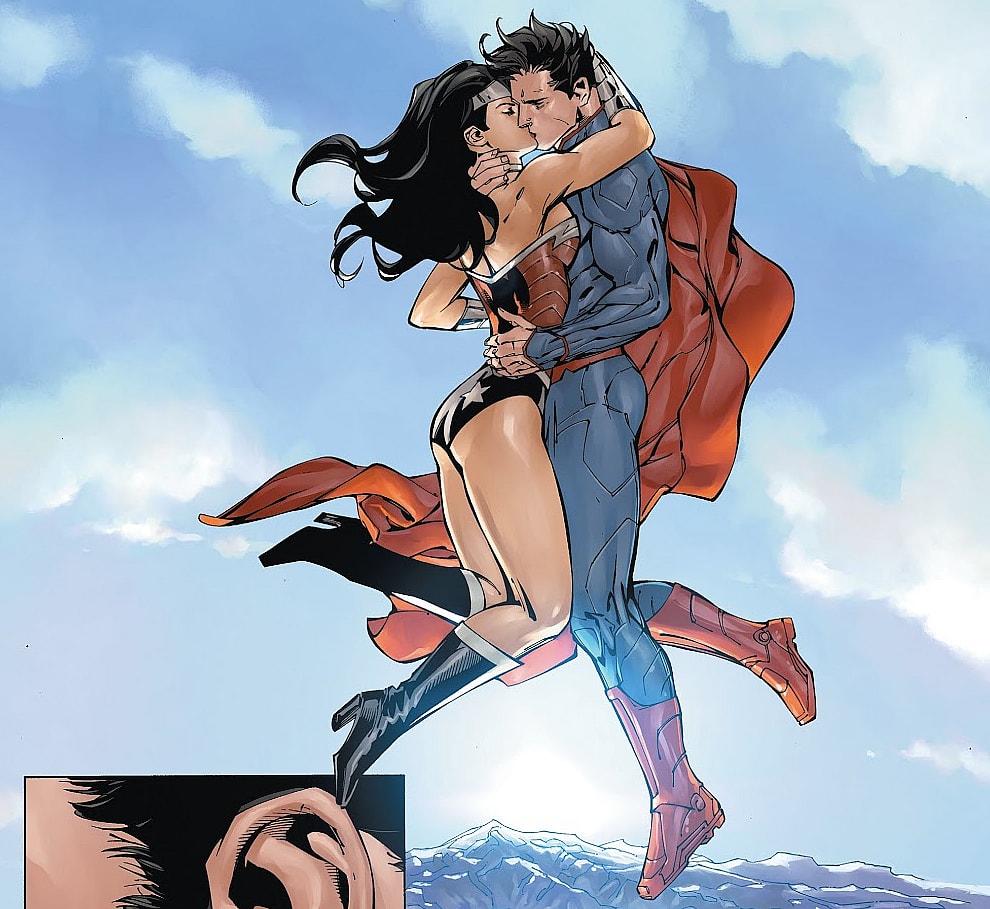
It wasn’t until 2016 when DC Comics writer Greg Rucka claimed in an interview with Comicosity that Wonder Woman was queer. When asked if she was queer in his Year One story, Rucka responded, ” How are we defining ‘queer?’ You’re applying a term specifically and talking to an ostensibly cis male (and white to boot), so “queer” to me may not be the same as it is to an out gay man. So, tell me what queer is.”
Comicosity’s Matt Santori then defined what he meant by queer saying, “Fair enough. For the purposes of this conversation, I would define ‘queer’ as involving, although not necessarily exclusively, romantic and/or sexual interest toward persons of the same gender. It’s not the full definition, but it’s the part I’m narrowing in on here.”
Rucka responded, “Then, yes.” He would elaborate and say, “Now, are we saying Diana has been in love and had relationships with other women? As Nicola and I approach it, the answer is obviously yes. And it needs to be yes for a number of reasons. But perhaps foremost among them is, if no, then she leaves paradise only because of a potential romantic relationship with Steve [Trevor]. And that diminishes her character. It would hurt the character and take away her heroism.”
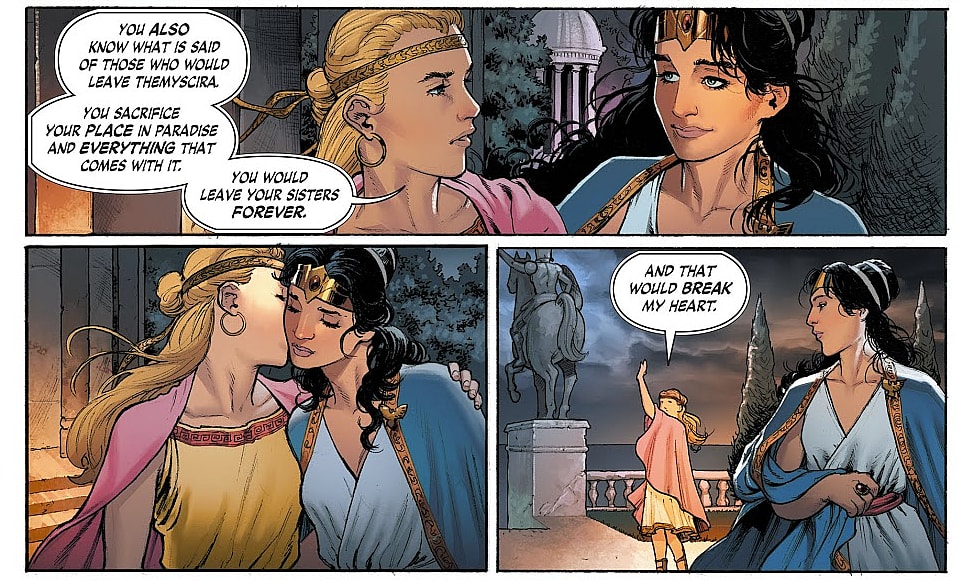
Since 2016, DC Comics, its editorial team, and its writers have put Wonder Woman in numerous homosexual relationships albeit with most of them occurring throughout the multiverse.
She’s been in relationships with Supergirl as well as numerous fellow Amazons including Kaisa, Alethea, and Mala.
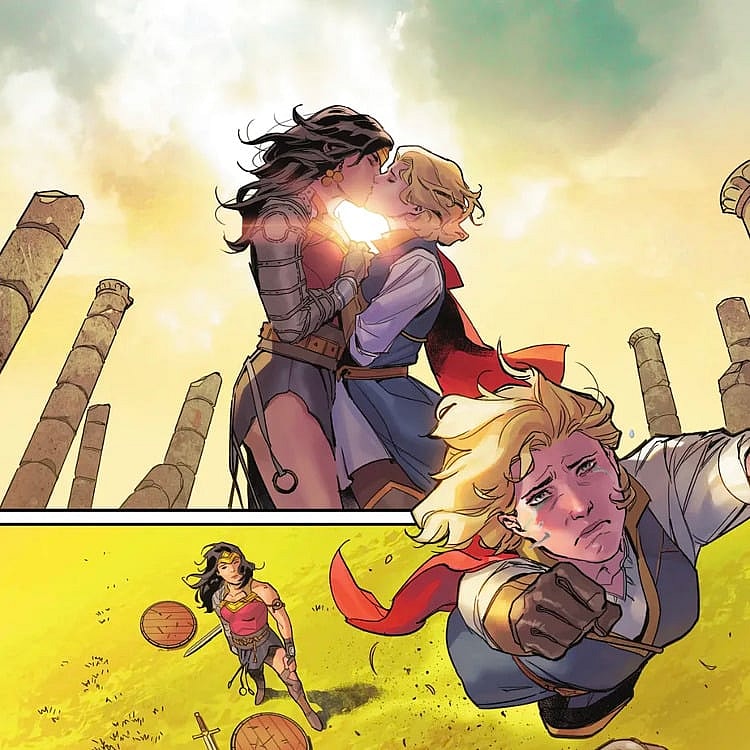
However, even with DC Comics putting Wonder Woman into these disordered relationships does not make her a queer or trans icon. Wonder Woman’s first and true love is and will always be Steve Trevor no matter what future writers do.
There’s a reason that the first live-action Wonder Woman film still followed Marston’s origin story for the character and had her fall in love with Steve Trevor.
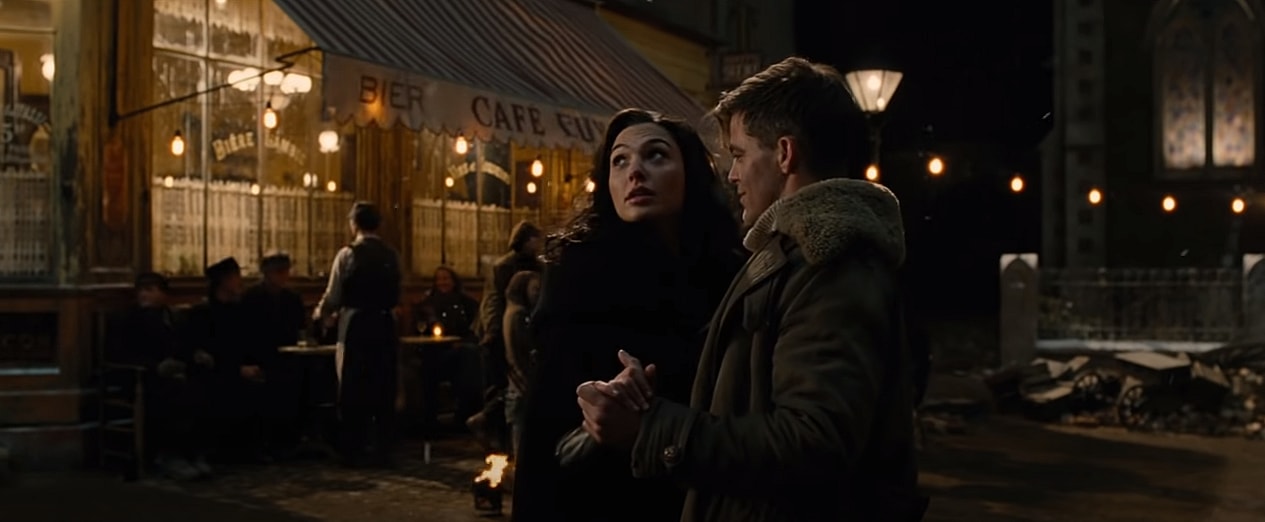
Even Lynda Carter’s own show used Wonder Woman’s first appearance and story in the Wonder Woman TV movie “The New Original Wonder Woman.”
What do you make of Lynda Carter’s comments?
